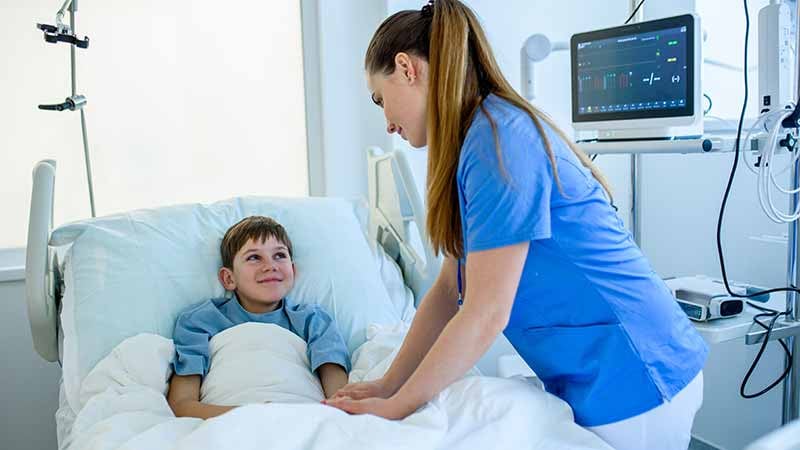TOPLINE:
Adverse events occurred in 2% of children who underwent procedures for airway management under general anesthesia, with higher rates in neonates and infants. Risk factors included younger age, the presence of anatomic difficulties, and undergoing anesthesia outside operating rooms.
METHODOLOGY:
- Researchers conducted a prospective observational study at 10 tertiary care hospitals in Japan from June 2022 to January 2024, focusing on the incidence of adverse events during airway management in children under general anesthesia.
- A total of 16,695 children (mean age, 6.3 years; 41.4% girls; 1.8% neonates and 11.7% infants) received advanced airway management at least once under general anesthesia, with or without regional anesthesia, including tracheal intubation or the placement of a supraglottic airway device.
- Data on patient comorbidities, types of surgeries, training levels of anesthesia providers, and practices for airway management were collected.
- The primary outcome was the occurrence of adverse events related to airway management procedures during general anesthesia; the secondary outcome was desaturation, defined as a drop in oxygen saturation of at least 10%.
- Occurrences of any adverse events, including at least one hemodynamic and airway-related complication, and respiratory adverse events were recorded, and risk factors for adverse events and desaturation were identified.
TAKEAWAY:
- Any adverse events occurred in 2% of cases of airway management, and desaturation was noted in 2.3% of cases. The incidence of any adverse events was 5.8% in neonates and 3.3% in infants, higher than that in preschool and school-going children and adolescents.
- Increasing age was linked to reduced odds of any adverse events (adjusted odds ratio [aOR], 0.92; P < .001). Insertion of a supraglottic airway device and the use of muscle relaxants at first attempt were also linked to reduced odds of any adverse events.
- Factors associated with increased odds of any adverse events included undergoing anesthesia in CT, MRI, or radiation therapy rooms (aOR, 5.7; P = .006); having airway sensitivity (aOR, 1.46; P = .010); and having one (aOR, 1.74; P = .042) or at least two (aOR, 2.82; P = .017) anatomic difficulties.
- The odds of desaturation decreased with increasing age (aOR, 0.78; P < .001) but were higher when anesthesia was provided in catheter labs and CT, MRI, or radiology therapy rooms than when provided in operating rooms. Airway management by nonspecialist anesthesiologists and trainees also was linked to higher odds of desaturation than when the intervention was performed by pediatric anesthetists.
IN PRACTICE:
“Our study, focusing specifically on airway management, showed that approximately 21% of neonates and 7% of infants experienced desaturation, which was higher than that in other age groups,” the researchers reported. “Neonates’ unique physiological and anatomical characteristics can explain this hypoxic progression tendency…The higher desaturation incidence in neonates in our study highlights the necessity for shorter tracheal intubation time and higher first-attempt success rates in neonates,” they added.
SOURCE:
This study was led by Taiki Kojima, MD, MPH, of the Department of Anesthesiology at Aichi Children’s Health and Medical Center in Obu, Japan. It was published online on July 07, 2025, in Anesthesiology.
LIMITATIONS:
The reliance on self-reported data from anesthesiologists may have introduced reporting bias and inaccuracies. Selection bias could have occurred due to missing cases, and unmeasured confounders may have affected the results. The exact incidence of adverse events by device type remained unclear due to multiple attempts with different devices.
DISCLOSURES:
The J-PEDIA study was funded by grants from the Ministry of Education in Japan. This study received Grants-in-Aid for Scientific Research from the Ministry of Education in Japan. No additional conflicts of interest were disclosed by the authors.
This article was created using several editorial tools, including AI, as part of the process. Human editors reviewed this content before publication.
